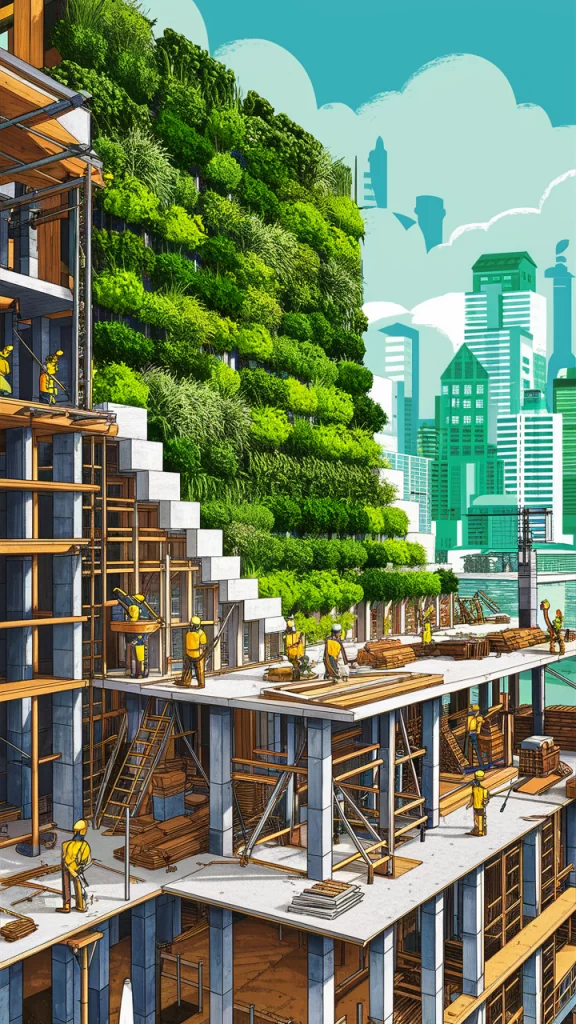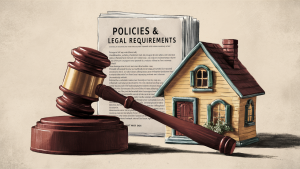
Airbnb Guest: A Host’s Guide to a Memorable Start
Facebook Twitter LinkedIn Reddit Email WhatsApp Welcome Your First Guest on Airbnb: A Host’s Guide to a Memorable Start Welcoming your first guest on Airbnb
Sustainable construction is not just a trend; it’s a movement that’s transforming the real estate market. With increasing awareness about environmental issues and the benefits of green building practices, sustainable construction is having a significant impact on property values.
Sustainable construction involves building practices that are environmentally responsible and resource-efficient throughout a building’s life cycle. From design and construction to maintenance and demolition, sustainable construction aims to minimize the environmental impact.
Key Elements:
One of the primary ways sustainable construction impacts property value is through increased market demand. Today’s homebuyers and renters are more environmentally conscious and prefer properties that reflect their values.
Market Demand Factors:

Properties built with sustainable practices often receive higher appraisal values. Appraisers take into account the cost savings from energy efficiency and the increased lifespan of sustainable materials.
Factors Influencing Appraisal:
Many governments offer incentives for sustainable construction, such as tax rebates, grants, and subsidies. These incentives can significantly reduce the overall cost of building and maintaining sustainable properties, thereby increasing their value.
Examples of Incentives:

For real estate investors, properties with sustainable features offer a competitive advantage in the market. These properties tend to attract more buyers and renters, reducing vacancy rates and increasing rental income.
Competitive Advantages:
Sustainable buildings are often more resilient to environmental changes and natural disasters. Features like improved insulation, durable materials, and efficient water management systems can protect properties from extreme weather events, thereby preserving their value.
Resilience Features:
Sustainable construction projects often contribute to the overall appeal of a community. Green spaces, community gardens, and energy-efficient public buildings enhance the quality of life for residents, making the area more attractive to potential buyers.
Community Benefits:
I am basically a full-time psychologist who shows houses every now and then.
– Dori Warner Tweet
Qualifying for a real estate loan involves checking your credit score, ensuring stable income, saving for a down payment, getting pre-approved, and gathering necessary documents. By following these steps and exploring loan options, you can increase your chances of approval. Happy house hunting!

Facebook Twitter LinkedIn Reddit Email WhatsApp Welcome Your First Guest on Airbnb: A Host’s Guide to a Memorable Start Welcoming your first guest on Airbnb

Facebook Twitter LinkedIn Reddit Email WhatsApp Mastering Airbnb Policies and Legal Requirements: A Guide for Hosts If you’re considering hosting on Airbnb, understanding the platform’s

Facebook Twitter LinkedIn Reddit Email WhatsApp The Anatomy of a Perfect Airbnb Listing Creating an irresistible Airbnb listing is both an art and a science.